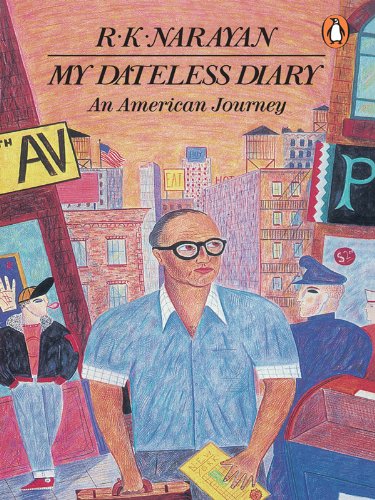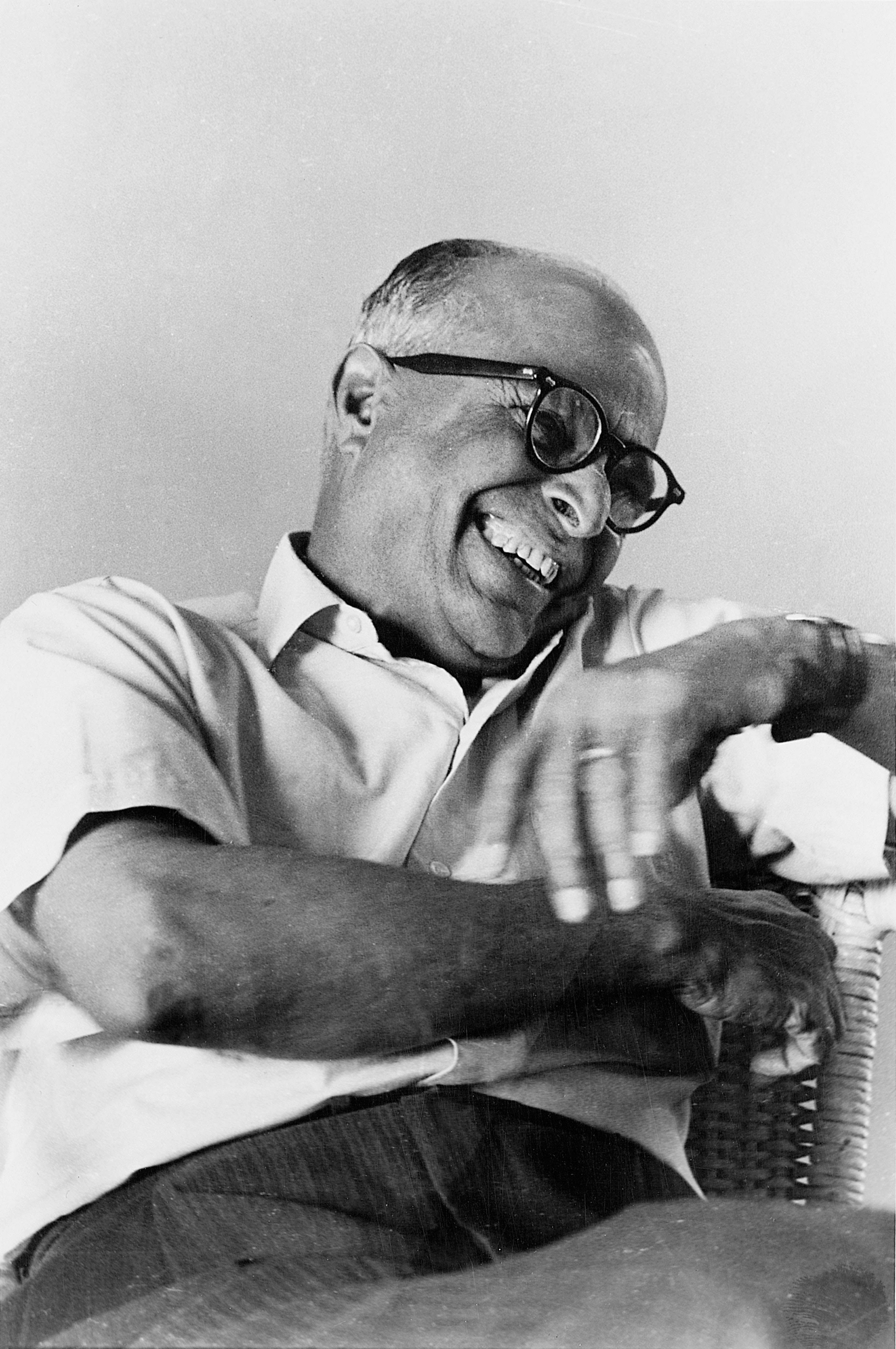Published November 17th, 2020
Review
by Pulkita Anand
With his work My Dateless Diary, Indian English novelist R. K. Narayan (1906-2001) made a detour from his fiction writing. Travelogue had not been a much-explored genre by Indian writers when Narayan published this text in 1960, making it a unique piece of work.
The book is a lively and germane account of his visit to America on a Rockefeller Fellowship and discusses deeper subjects such as conflicting economic, political and social systems.
In its pages, the reader will find a sensitive and observant narrator, who describes how he is understood and misunderstood by the people in this far land. The book delineates Narayan’s estrangement, growth and development as a writer, and depicts his awareness and devotion to the craft.

Narayan avoids describing vapid and banal things, and paces up his narrative to sustain the readers’ interest, making it easy to find elements of drama and fiction intermingling in it. His imagination becomes especially evident in scenes in which he combines incidents that happened before his arrival to America with his experiences in this strange land. Narayan clearly had fun telling this story, and the ease and comfort of his writing makes the reader dive deep into the text.
The book is divided into different sections, and each section is dedicated and devoted to the places Narayan visited in America. He mentions places such as New York, the Grand Canyon, Lamy, Arizona, San Francisco or Berkely, and contrasts them with their presumably Indian counterparts like Mahabalipuram, Monkombu, Krishnarajapuram, Sivaganga and Seringapatam.
Offering graphic and picturesque descriptions, the book is a wonderful confluence of landscapes by means of which Narayan shares his experiences about traveling, and even rendezvous with some important personalities. Furthermore, its composition in rather simple English allows it to be picked up also by readers who do not feel very confident in this language.
Contradicting Rudyard Kipling’s poetic words “Oh, East is East, and West is West, and never the twain shall meet,” My Dateless Diary depicts the confluence of both cultures and societies. Narayan brings home the point that both can benefit from each other.
In fact, when Narayan traveled to America in 1956, it was the first time Narayan had left India. That becomes evident as India remains an essential part of this narrative; and when he returned home, Narayan carried a piece of America with him. In this travelogue, he intertwines his American and Indian experiences in a diligent and elegant manner. His zeal for learning about varied cultures and its people is evident in the work, especially in the bits where he delineates with verve and intense ardour the buildings, people, fashion, muggers, fast food chains, advertising agencies, football and other aspects of American lives.
In his observations of how Indians in America have managed to adjust their lives and personalities to fit the times, Narayan is delighted to see the Indian community celebrating Diwali with the same enthusiasm and fanfare as people in his homeland. However, he also encounters problems of racial and colour discrimination. For example, on a bus journey he observes the signs saying “For coloured” and “For White”. Interestingly enough, Narayan does not comment on this observation; he describes it in an almost disinterested manner and lets the readers judge for themselves.
In Narayan’s words, “It is not a book of information on America, nor is it a study of American culture. It is mainly autobiographical, filled with ‘I’ over a short period of time in relation to some moments, scenes and personalities.”

By traveling through America, Narayan gained adequate experience and observation of his own culture and himself. In the book, Narayan reflects on the power of meditation and mantras, for example when he talks to Greta Garbo who enquires about the purpose and meaning of life.
It seems that traveling helps to understand one’s self. For Narayan, it definitely helped him to ward off conceits and prejudices for other cultures and traditions. Through his writing, he seems to suggest that instead of fighting for our differences, we should aim to resolve them by accepting them and moving on in the journey of life.
In the words of Francis Bacon, “Travel, in the younger sort, is a part of education; in the elder, a part of experience,” Narayan indeed has learned and experienced some of the astonishing things in life that would stay with him beyond his journey. His physical travels and the following imaginative reconstruction made him recognize his authentic self.
The book concludes with the words of Greta Garbo, “How I wish we could stop time from moving and always taking us on to a moment of parting!” I feel the same after reading My Dateless Diary. I enjoyed the ways Narayan describes places and people, and admire how he talks without any reserve about social issues.
While reading it, I travelled to different parts of America with joy and delight, feeling like I had gained new insight and understanding of the country through Narayan’s writing. His language is lucid, clear, racy, vivid, graphic in detail and without ambiguity — certainly a hint to his experiences as an established fiction writer.
The need of the hour is to keep a journal of good things. Narayan’s travelogue My Dateless Diary is a perfect example of such a journal. Transcending time and date, the book is a resplendent and illuminating journey, ever opening fresh vistas and avenues to explore. It is dateless in the sense of art, architecture and the author’s very own craft; and in the sense of a metaphor, something eternal.
Edited by Nermine Mohamed, Vanessa Cervini and Lisa Schantl.
Nationality: Indian
First Language(s): Hindi
Second Language(s):
English
Supported by:


Comments on "America through Indian Eyes — A Review of "My Dateless Diary" by R. K. Narayan"
Please log in to submit a comment.
Login